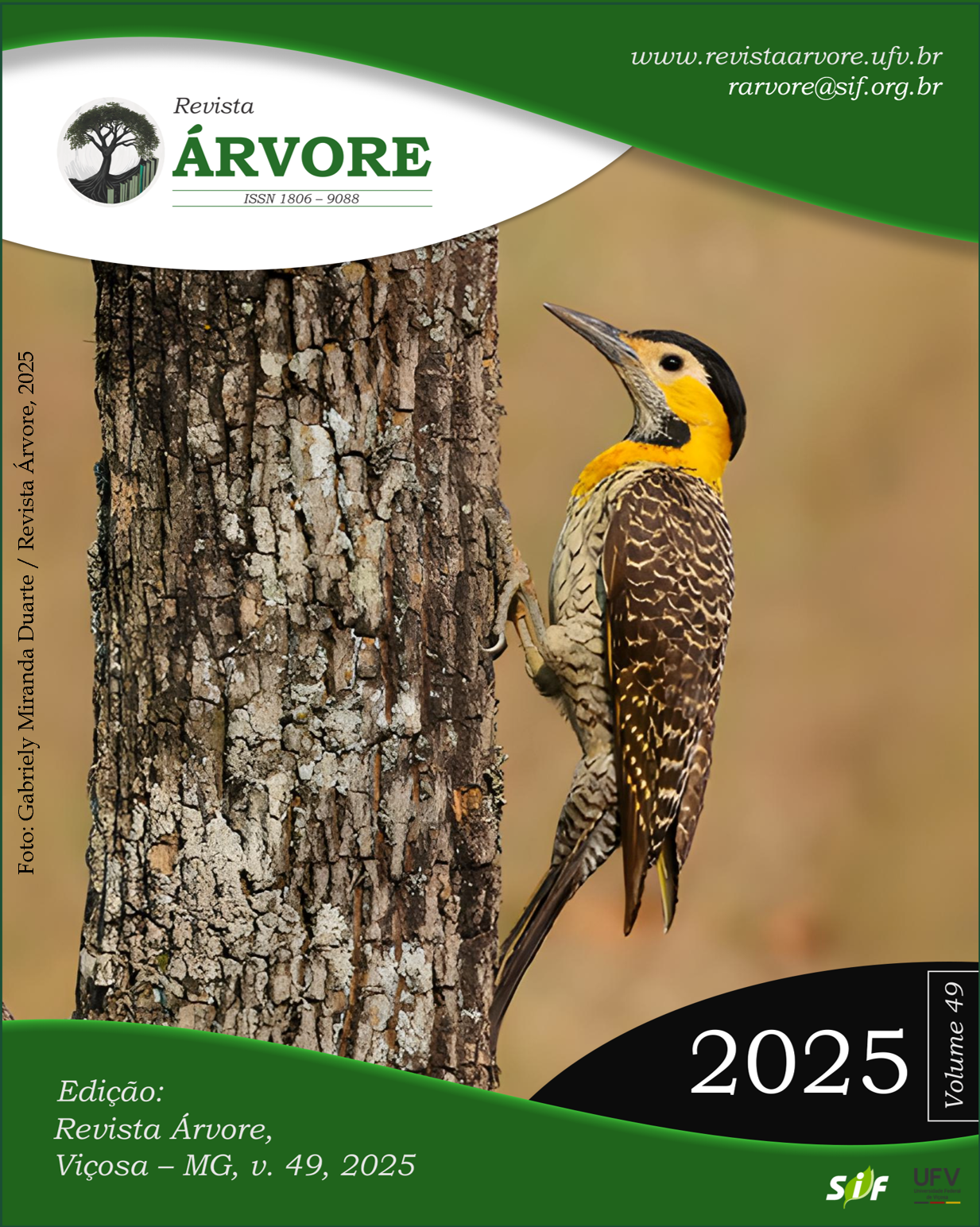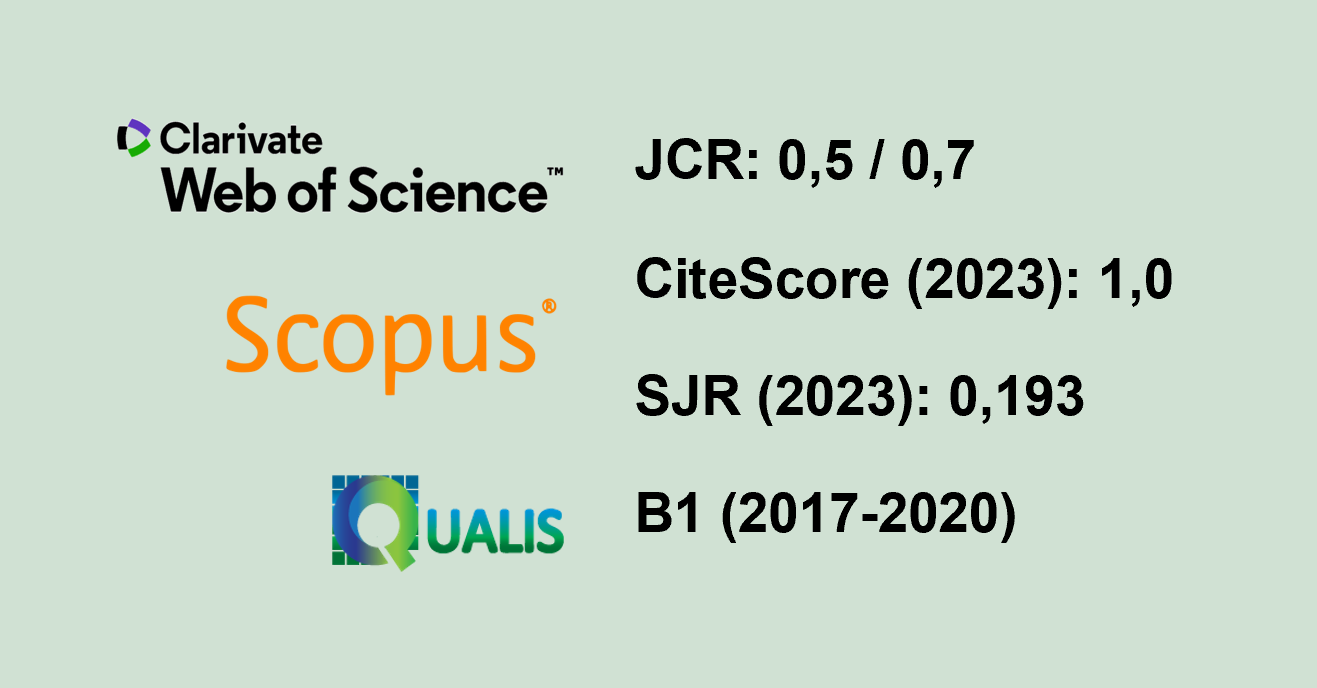Who let them out? Invasion of alien marmoset species in the Callithrix aurita natural range
DOI:
https://doi.org/10.53661/1806-9088202549263853Keywords:
Conservation, Invasive species, Landscape analysisAbstract
The microregion of Viçosa, southeastern Brazil, is part of the range of Callithrix aurita, an endangered marmoset, which suffers several ecological problems caused by the introduction of alien congeners species. We sampled 39 forest fragments and combined playback census and occupancy models to evaluate whether the city of Viçosa may act as a dispersal center of alien species and their hybrids (i.e., Callithrix sp.). Likewise, we explored whether landscape features (i.e., native forest, native forest in the regeneration stage, and eucalyptus fields) may favor the occupancy probability of Callithrix sp. in sampled fragments. We detected Callithrix sp. in 17 (out of 39) fragments. A group formed only by individuals of the C. aurita was not found in any fragment, even though we found individuals of the native species in a group formed by hybrids. The probabilities of occupancy and detection of Callithrix sp. were 0.93 and 0.12 respectively. None of the analyzed variables showed greater support than the null model, showing no direct relationship with the distribution of Callithrix sp. in the sampled fragments, indicating their ecological plasticity. The absence of groups of C. aurita may be not simply due to the occurrence of the Callithrix sp., but also due to the defaunation process originated from the human activities that fragmented the continuum forest before the invasion process started. However, the human alterations may have also facilitated the invasion process of Callithrix sp., putting the native species at a significant risk of genetic erosion and local extinction.
Keywords: Conservation; Invasive species; Landscape analysis
Downloads
Additional Files
Published
How to Cite
Issue
Section
License
Copyright (c) 2025 Revista Árvore

This work is licensed under a Creative Commons Attribution 4.0 International License.
All authors agreed to submit the work to Revista Árvore and granted the exclusive license to publish the article. The authors affirm that it is an original work and has not been previously published elsewhere. The scientific content and opinions expressed in the article are the sole responsibility of the authors and reflect their opinions, not necessarily representing the opinions of the editorial board of Revista Árvore or of the Society of Forest Investigations (SIF).
Funding data
-
Coordenação de Aperfeiçoamento de Pessoal de Nível Superior
Grant numbers #88882.461705/2019-01;#88882.316024/2019-01








